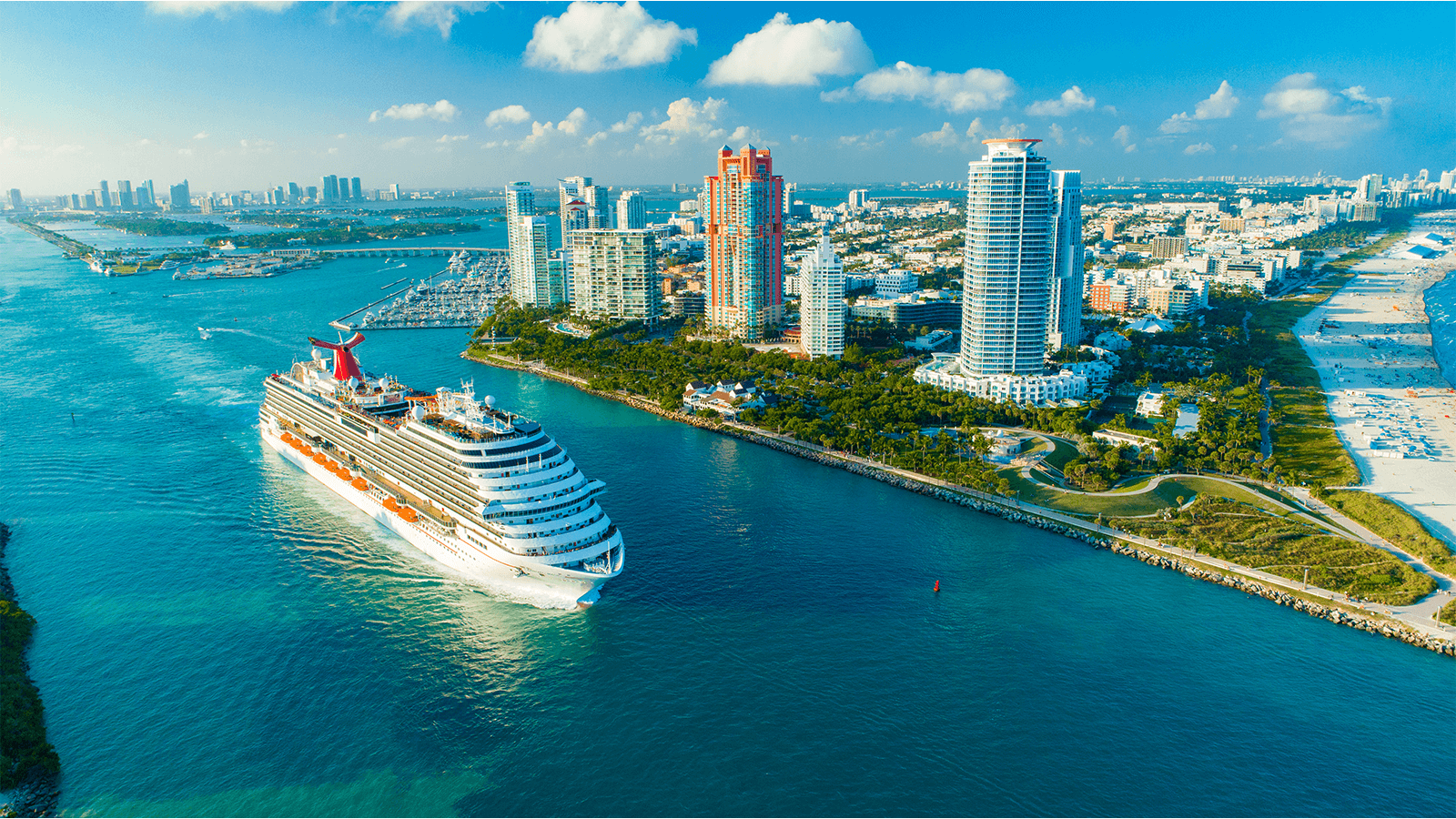
Virgin Voyages
Almost everything is different on this brash new entry to the cruising market, including an emphasis on adult relations, gym time, and self-indulgent social activity.
Sir Richard Branson's adults-only, bright red-liveried new ship also has a fantastic nightclub and a food court instead of a buffet. There are exciting plans for a fleet of new ships on the horizon, to join the already established fleet of cruise ships that go against the grain.
2762
Passengers
1150
Crew
2022
Launched
110000t
Tonnage
278m
Length
38m
Width
22kts
Speed
17
Decks
USD
Currency
Cruise Itinerary
Ship Details


Virgin Voyages
Resilient Lady
As an ode to strength and collective resilience of our community over the past few years, we've coined our third ship, "Resilient Lady".
Cabins
All Prices









